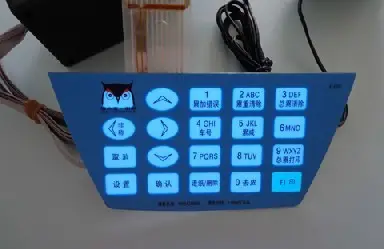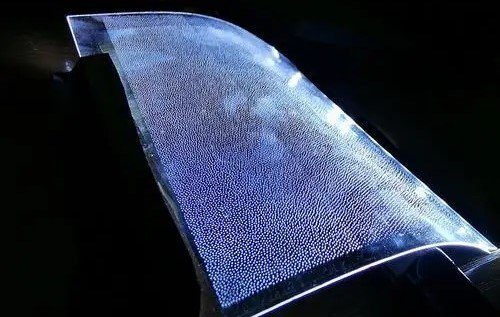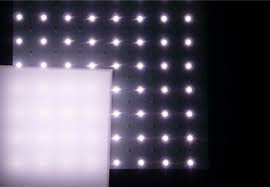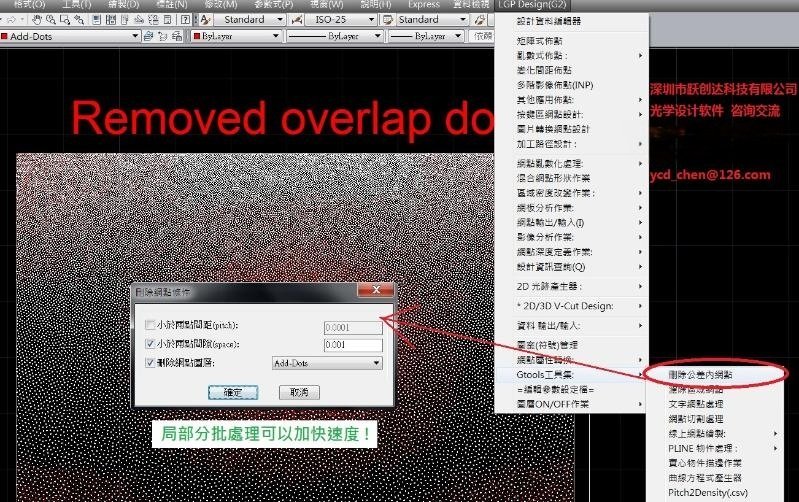SUIVEZ-NOUS:
-
Hangzhou, China
How Does an LGF Backlit Membrane Switch Achieve Uniform Light Diffusion?
Film Guide de Lumière (LGF) plays a pivotal role in the design of backlit membrane switches and illumination membrane switches, with its primary function being to ensure even diffusion of light. This is crucial for delivering a superior visual experience to the end user. The design intricacies of LGF backlit membrane switches and illumination membrane switches hinge on meticulous structural layouts and the careful selection of materials.

Precise Structural Design:
The internal microstructure layout in LGF membrane switches is of paramount importance. These minuscule structures must be arranged with precision to facilitate effective light guidance and uniform distribution through the LGF film. This level of precision in design is imperative not just for backlit membrane switches, but also for illumination membrane switches, ensuring optimal optical performance in varied applications.

Application of Materials:
The performance of LGF backlit membrane switches and illumination membrane switches is significantly influenced by the optical properties of the chosen materials, as well as by accurately calculated thicknesses. Preference is often given to polymer materials known for their excellent optical characteristics. Among them, PC (polycarbonate) and PU (polyurethane) stand out for their exceptional light transmission capabilities and durability.

- PC Film (Polycarbonate): PC film excels in LGF light guide film applications, owing to its high light transmittance and impressive impact resistance. This material ensures an even propagation of light within the guide film, yielding a uniform light output. Its robustness adds to its appeal, as it can withstand external impacts, maintaining the integrity and stability of the light guide film. All these factors culminate to make PC a trustworthy material choice for LGF light guide films.
- TPU Film: In the realm of LGF backlit membrane switches and illumination membrane switches, TPU film is extensively utilized, celebrated for its excellent flexibility and weather resistance. It maintains stable optical performance across diverse environmental conditions. TPU’s durability, manifested in its high abrasion and tear resistance, guarantees the long-term stability and reliability of the LGF membrane switch. The material’s flexibility is a boon for designers, enabling the creation of intricate microstructures to optimize light distribution further. TPU’s high light transmittance ensures ample light passage, maintaining uniformity and clarity in light output. These attributes make TPU an ideal material for crafting high-performance LGF membrane switches.
Importance of LED Positioning:
The strategic placement and number of LEDs in LGF membrane switches are crucial. In both backlit membrane switches and illumination membrane switches, the light source configuration directly impacts light propagation within the LGF, influencing the ultimate light distribution.
Application of Diffusion Film:
The incorporation of a diffusion film in the design of LGF backlit membrane switches and illumination membrane switches serves to enhance light distribution, eradicating potential hotspots and ensuring a uniform light output. This design strategy guarantees stellar performance of LGF membrane switches across various applications.

Necessity of Comprehensive Optimization:
Engineers employ a combination of computer simulations and experimental validation to holistically optimize the microstructure design, material selection, light source configuration, and the application of diffusion films in LGF backlit membrane switches and illumination membrane switches. This ensures these switches perform optimally in real-world applications.

Conclusion:
In sum, the design and manufacturing of LGF backlit membrane switches and illumination membrane switches is a sophisticated process that spans optics, materials science, and precision engineering. Through detailed design and judicious material selection, LGF membrane switches adeptly achieve uniform light distribution, providing an exemplary visual experience to users. The successful deployment of this technology underscores the advanced state of modern optics and materials science in lighting and display applications, highlighting the relentless pursuit of excellence in optical performance by engineers.
